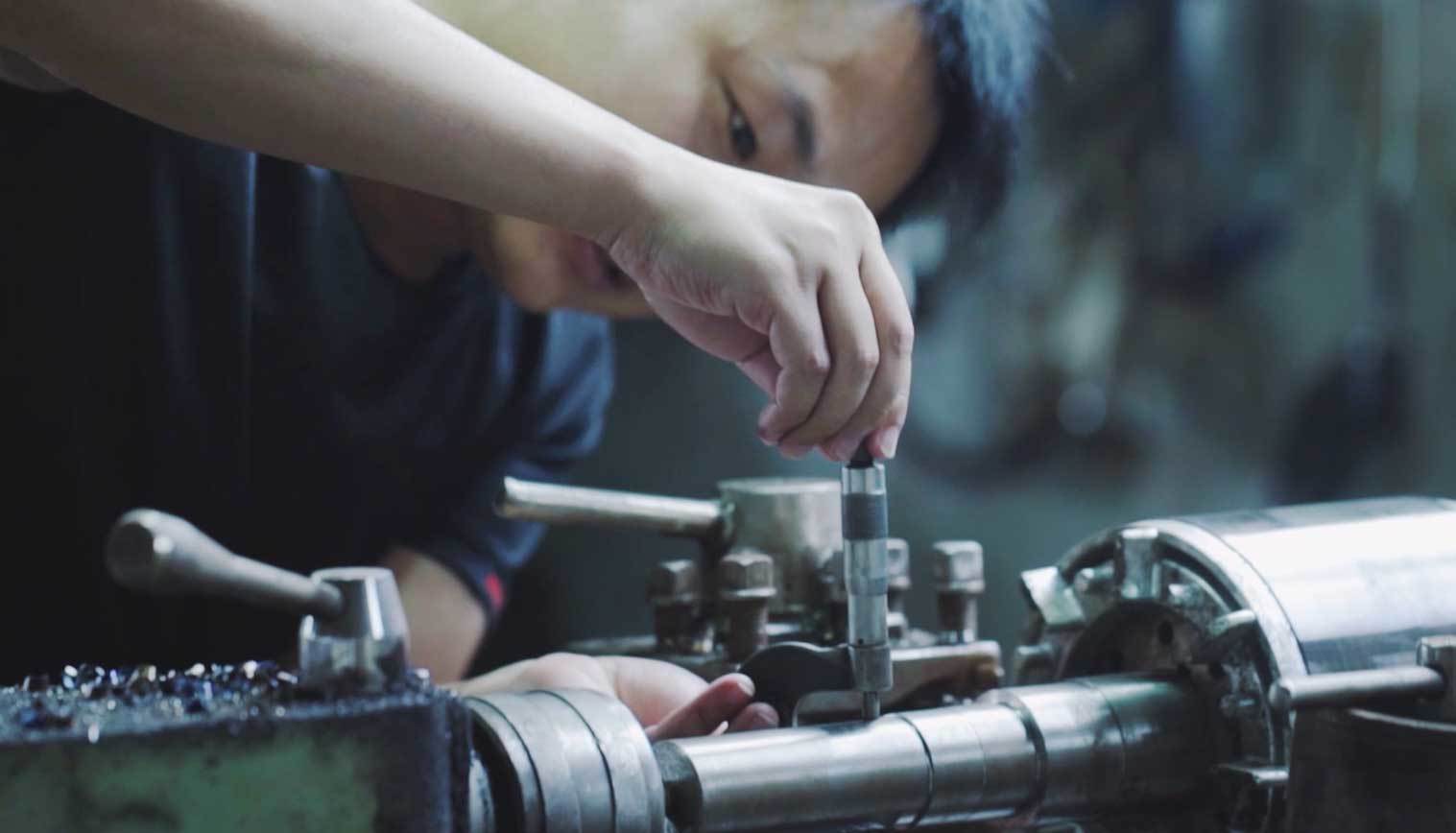Understanding Belt Driven Air Compressors: Mechanisms and Applications
Release time:
2025-01-14 14:20
Source:
The fundamental mechanism behind a belt driven air compressor involves a drive belt connected to an engine or electric motor. As the engine operates, it rotates the belt, which in turn spins the compressor's crankshaft. This rotation moves pistons within the compressor's cylinder, drawing in air and compressing it before discharging it into a storage tank or directly into pneumatic systems. This method of air compression is known for its reliability and has been widely adopted in multiple sectors.
One of the primary advantages of a belt driven air compressor is its efficiency. The belt system allows for smoother operation and can handle varying loads without significant power loss. This efficiency is particularly beneficial in applications where consistent air pressure is required, such as in brake systems in automobiles. Properly maintained belt driven compressors can achieve high levels of productivity, making them a preferred choice for continuous operations.
In terms of maintenance, belt driven air compressors require regular inspections to ensure the integrity of the belt and the overall functionality of the compressor. The belt should be checked for signs of wear, tension should be appropriately adjusted, and the compressor itself should be serviced to avoid any potential failures. The longevity and performance of these compressors are heavily influenced by their maintenance routines.
Moreover, when considering the application of belt driven air compressors in the automotive industry, it's vital to assess the required pressure and airflow rates for specific brake systems. Different vehicles and systems may demand varying compressor specifications, and understanding these requirements can significantly enhance performance and safety.
In addition to automotive uses, belt driven air compressors find applications in various industrial settings, including manufacturing, construction, and workshops. Their versatility and adaptability make them suitable for powering pneumatic tools, inflating tires, and even in HVAC systems.
In conclusion, belt driven air compressors represent a critical technology in the automotive and accessory industry, particularly for systems reliant on compressed air. Their efficient design, ease of maintenance, and broad application spectrum underscore their significance in modern engineering practices. For researchers and practitioners alike, a comprehensive understanding of these systems can lead to optimized performance and enhanced safety in air compression applications.
Related News
Understanding the Advantages and Applications of 3 Phase Electric Motors
3 phase electric motors are a cornerstone in the field of electrical engineering, particularly within the realm of specialized motors. These motors are designed to operate on a three-phase power supply, which provides a more constant and smoother delivery of energy compared to single-phase systems. This unique feature not only enhances performance but also offers several advantages that make them
Innovations in Explosion Proof Motor Design for Increased Efficiency
Innovations in Explosion Proof Motor Design for Increased Efficiency Table of Contents 1. Introduction to Explosion Proof Motors 2. Importance of Efficiency in Explosion Proof Motors 3. Design Innovations Improving Efficiency 3.1 Advanced Materials in Motor Construction 3.2 Incorporation of Smart Technologies 3.3 Aerodynam
Understanding Belt Driven Air Compressors: A Comprehensive Guide for the Automotive Industry
Belt driven air compressors are an integral component in various automotive applications, particularly within braking systems. These compressors utilize a belt system to drive the pump, allowing for efficient air compression. Understanding the operational principles of belt driven air compressors is crucial for professionals in the automotive industry, as it enables them to make informed decisions
Exploring the Advantages of Oil-Free Air Compressors for Braking Applications
Exploring the Advantages of Oil-Free Air Compressors for Braking Applications Table of Contents 1. Introduction to Oil-Free Air Compressors 2. What Are Oil-Free Air Compressors? 3. Advantages of Oil-Free Air Compressors in Braking Systems 3.1 Environmental Benefits 3.2 Improved Safety Features 3.3 Cost Efficiency 3.4 Performance
Understanding the Benefits and Applications of 3 Phase Electric Motors
In the world of electrical engineering, the 3 phase electric motor stands out as a highly efficient and reliable option for various applications. Unlike single-phase motors, which work on a single alternating current (AC) line, three-phase motors utilize three separate AC currents. This design not only increases efficiency but also ensures a smoother operation. One of the primary advantages of 3
Essential Maintenance Tips for Prolonging the Lifespan of Explosion-Proof Motors
Essential Maintenance Tips for Prolonging the Lifespan of Explosion-Proof Motors Explosion-proof motors are critical components in various industries, particularly in environments where flammable gases or vapors may be present. Ensuring their longevity and operational efficiency is paramount. This guide outlines essential maintenance tips for prolonging the lifespan of explosion-proof motors, allo
Other Products




